AI for Logistics: Smart Supply Chain Solutions
Transform your supply chain with AI-driven Logistics software that combines advanced analytics, machine learning, and IoT to ensure cost savings, real-time insights, and faster deliveries.
Top software development companies
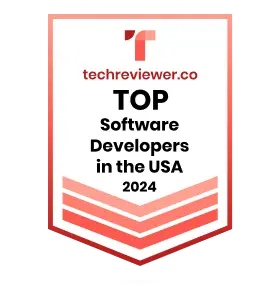
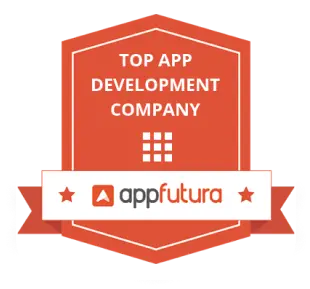


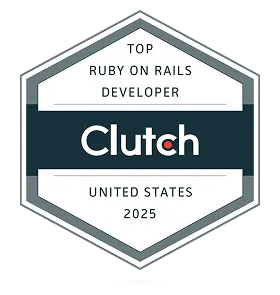
The choice for 200+ companies
AI in Logistics: Solving Key Challenges
Logistics businesses face complex, high-stakes challenges in routing, tracking, and resource management. Below are the biggest pain points in logistics operations and how Logistics AI helps tackle each one.
Unpredictable Demand and Inventory Stockouts
It’s difficult to forecast demand accurately, leading to stockouts or excessive inventory that ties up capital. AI analyzes historical sales, market trends, and real-time signals to predict demand with high precision, so you maintain optimal stock levels and reduce waste.
Inefficient Route Planning and Fuel Waste
Manual route planning often results in longer routes, delays, and higher fuel costs. AI logistics systems instantly calculate the most efficient delivery routes and adapt to traffic or weather changes, cutting transit times and fuel consumption.
Lack of Real-Time Supply Chain Visibility
When you can’t track shipments end-to-end, delays and issues go unnoticed until it’s too late. AI-powered IoT sensors and platforms provide live tracking of cargo and vehicles, alerting you to disruptions in real time and improving transparency for you and your customers.
Warehouse Inefficiency and Manual Errors
Paper-based inventory tracking and manual picking lead to mistakes and slow fulfillment. AI drives smart warehouses with computer vision and automation that count inventory, find items, and guide workers (or robots) to the right location.
Last-Mile Delivery Delays
The final leg of delivery is often slow and unpredictable due to traffic, bad routing, or scheduling gaps. AI optimizes last-mile logistics by dynamically rerouting drivers around congestion and clustering deliveries efficiently. The result is faster deliveries, lower last-mile costs, and happier end customers.
High Operating Costs and Thin Margins
Many logistics providers operate on thin margins due to rising fuel, labor, and storage costs. AI automation and optimization reduce these costs by improving asset usage and labor productivity. From automated load planning to smarter driver assignments, AI helps eliminate waste and boost your bottom line.
Unexpected Equipment Downtime
Sudden truck breakdowns or equipment failures can paralyze logistics operations. AI-based predictive maintenance monitors vehicle and machine data to forecast issues before they happen. This allows you to fix problems proactively, avoiding costly downtime and keeping fleets running longer.
JetRuby.Flow
Product Development acceleration with our self-created lean AI-boosted delivery framework
AI PODs
Mature Product teams enhanced by our unique AI agents and DevOps
Tech-business partner
IT Consulting. Strategic audits and advice from mature Architects and Industry Experts
AI Logistics Automation Solutions We Deliver
Automate and optimize every step of your logistics process with AI-powered Logistics software solutions that combine AI/ML, IoT sensors, computer vision, and robust integration features.
End-to-End Fleet & Fuel Intelligence
We build modular platforms that join vehicle telematics, tank-level sensors, and ERP data into a single control center. LoRaWAN / NB-IoT / GSM gateways stream encrypted fuel, pressure, and temperature metrics to cloud dashboards, while rule-based alerts and ML forecasts guide dispatchers to the next optimal refuel or service window.
Dynamic Route Optimization & Smart Dispatch
Our AI engine ingests live traffic, weather, load constraints, and driver HOS limits. Graph algorithms and reinforcement learning then recalculate routes in seconds, push updated tasks to driver mobile apps, and auto-sequence stops for minimal miles and on-time arrival.
IoT Asset Monitoring & Predictive Analytics
JetRuby deploys edge firmware for real-time equipment diagnostics, battery health, and leak detection. Time-series models predict refill dates or maintenance triggers, while color-coded dashboards surface risk zones instantly, so operations teams act before downtime hits.
Smart Warehouse Automation & Visual Inventory
Computer vision and QR/photo IDs replace manual counts. Our team builds integrated warehouse management systems (WMS) using computer vision, RFID, and barcode scanning. WMS and inventory management systems automatically log items and update stock levels in your ERP, guide pick-pack paths, validate item placement with centimeter-level accuracy, and sync changes offline or online.
Computer Vision for Safety & Loading Control
Edge AI packs (Jetson Orin + TensorFlow Lite) run ViT and R-CNN models to verify PPE compliance, monitor crane zones, count SKUs on pallets, and align containers with ±1 cm precision. Kubernetes + Kubeflow manage ML services, monitor transport & warehouse condition, while synthetic datasets in NVIDIA Omniverse speed sorting and navigation training.
AI Knowledge Assistant & Digital Documentation
A custom RAG-enabled (Retrieval-Augmented Generation) LLM (LLaMA-3 8 B) integrates with SOP repositories and ERP via MuleSoft. Staff voice-query shipping rules, generate CMR/BOL forms on demand, and receive instant step-by-step guidance, even offline aboard vessels or at remote yards.
AI-Optimized Workforce & ERP Integration
Our ISO-aligned ERP suite unites time tracking, skill matrices, mood maps, and capacity planning. Machine learning models (ML) forecast staff load, flag burnout risk, and automate crew swaps. KeyCloak SSO secures access, while BI dashboards expose productivity KPIs in real time.
Cloud & Edge Infrastructure for Logistics IoT
We architect scalable LPWAN clusters, 100 to 100 000 devices per site using Docker, Kubernetes, and secure OTA pipelines. “Umbrella” monitoring consoles consolidate multi-station data, support role-based access, and integrate smoothly with global TMS, WMS, and BI platforms.
Technology Stack & Expertise
Our team excels in key areas of AI Agriculture technology, offering deep expertise to build the solutions your business needs
Programming & AI Frameworks
Data Science
Python
R
Rapid Prototyping
Rails
Flask
React
FastAPI
System Integration
C++
JavaScript
Major ML libraries
TensorFlow
OpenCV
PyTorch
Keras
Scikit-learn
AI Models & Route Optimization
We apply predictive models for fuel consumption and route forecasting, automate task prioritization, and use clustering for dynamic asset grouping. Our stack includes real-time anomaly detection, automated scheduling, and emergency protocol optimization.
Infrastructure & Spatial Systems
We architect logistics-ready data platforms with PostgreSQL/PostGIS, MongoDB, and Spark for high-throughput operations. GIS tools like QGIS and interactive asset maps power location-based planning. REST APIs, containerized environments (Docker/Kubernetes), and custom dashboards ensure seamless scalability.
IoT Integration & Mobile Access
Our systems ingest sensor data from tanks, vehicles, and terminals using GSM, LoRaWAN, and NB-IoT. We deliver mobile apps tailored for drivers, dispatchers, and maintenance crews — even offline. Predictive diagnostics, live telemetry, and edge-based alerts reduce downtime and improve fleet efficiency.
Ready to Embrace Logistics AI?
Our team is here to help you unlock the full potential of AI in your supply chain. Contact JetRuby to learn how our AI for Logistics can give you a competitive edge.
Proven Results & Case Studies
See how JetRuby has applied AI in logistics for real businesses.
ANOVA
Smart home heating solution
ANOVA is an IoT-based system that connects homeowners with fuel distributors. Its advanced sensors and algorithms notify users when fuel levels drop. This ensures reliable deliveries and makes home heating oil easier for everyone involved to manage.
Read more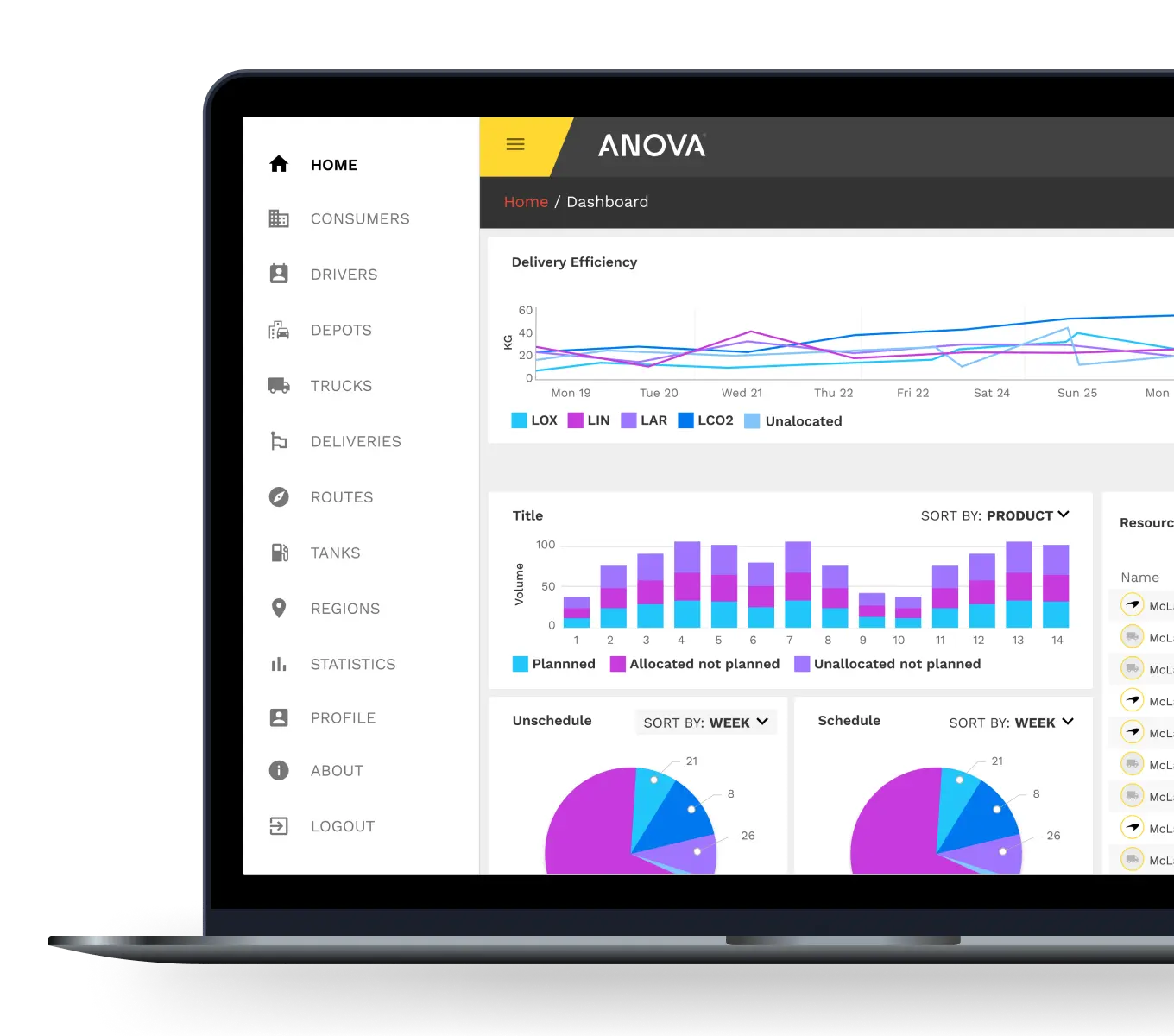
Osram Urban Farming
Digital tools for smart urban crop care
JetRuby joined forces with Osram, the optical-tech innovator trusted by NASA, to create an urban farm management platform that delivers real-time soil and crop data to city growers. The IoT system pulls sensor readings from indoor farms, feeds a clear dashboard, and gives full control over every production step, boosting yield and sustainable output in urban areas.
Read more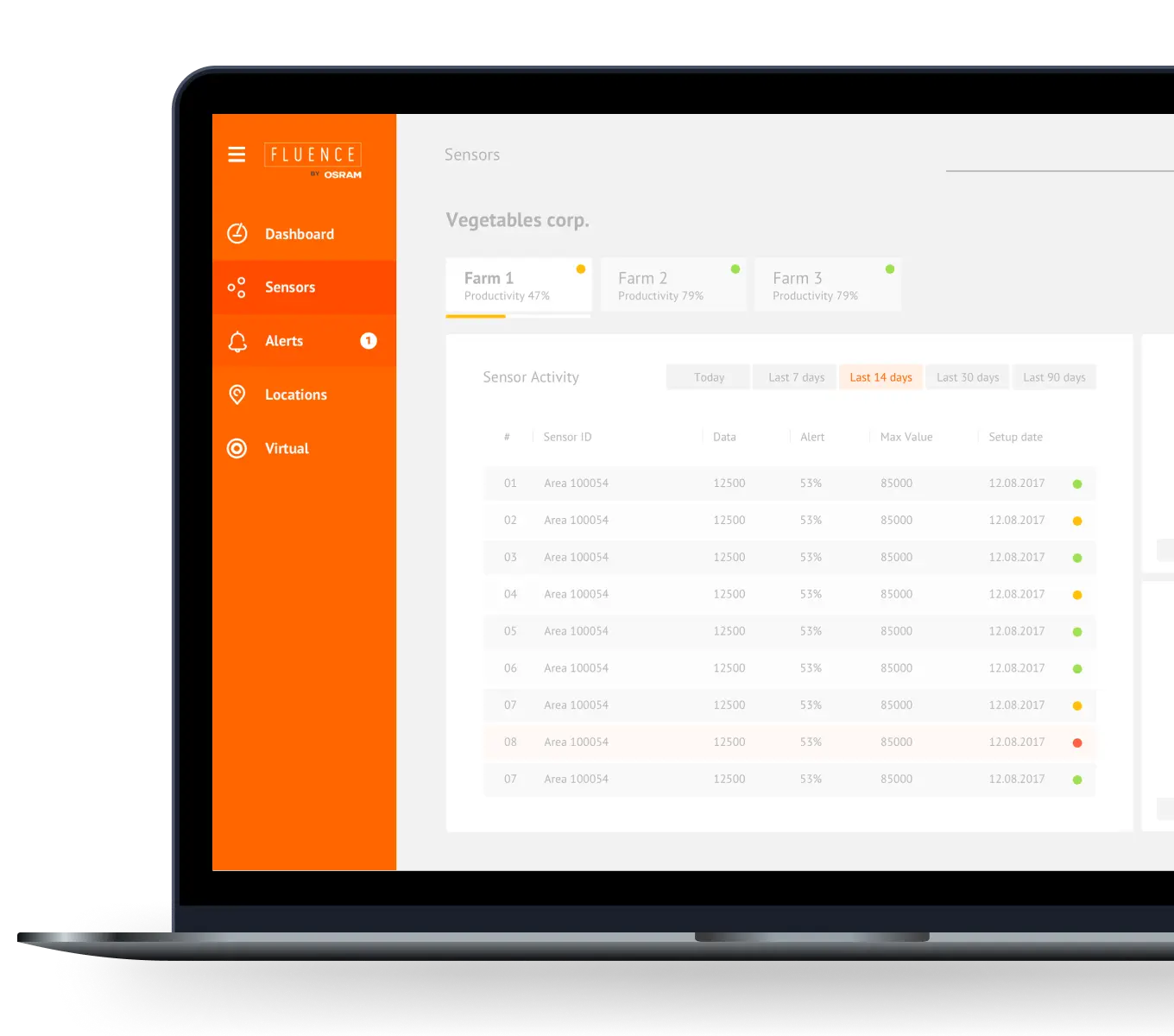
Smart Farming for Date Palm Plantations
AI radar and drone system for eco-friendly crop care.
JetRuby built a smart farming platform for date palm plantations in Africa and the Middle East. The system combines micro-radar sensors, autonomous drones, and AI analytics to scan more than 500 hectares, process over 800 GB of field data, and guide irrigation, fertilization, and pest control. Custom camera filters cut hardware costs by 90 percent, while precise insights lowered fertilizer use by 30 percent, trimmed pesticide spend, and delivered real-time alerts that protect crops.
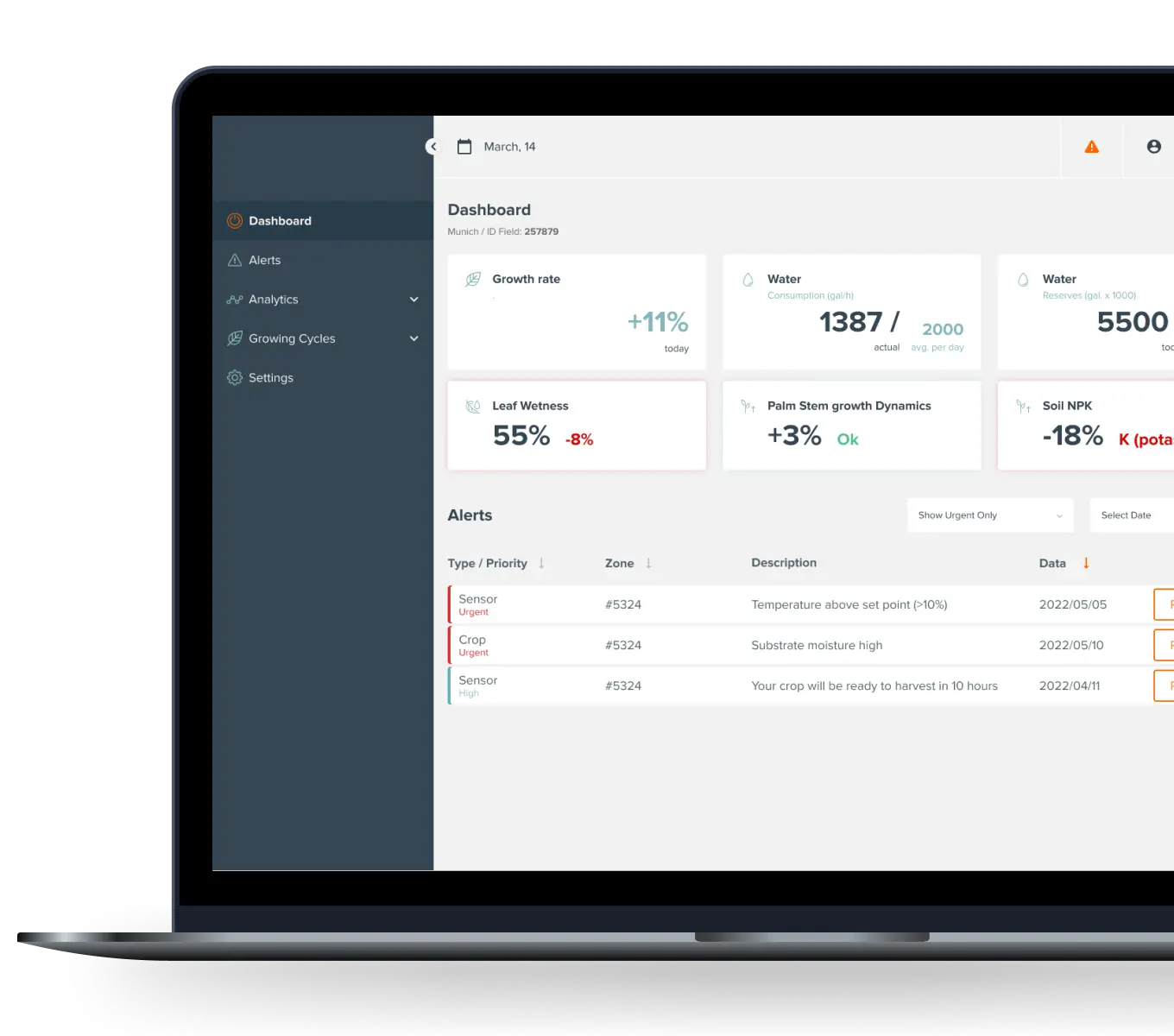
Our AI-driven Logistics Development Process
JetRuby follows a proven delivery methodology called JetRuby.Flow — our custom lean delivery system with built-in AI components. It allows us to rapidly prototype, test, and deploy AI solutions with minimal risk.
We begin by studying your logistics processes and defining clear objectives. The team identifies key pain points and AI use cases, setting success metrics. Through collaborative workshops, we map out data sources (ERP, sensors) and design system architecture.
Next, we collect and clean relevant data (inventory records, GPS traces, IoT feeds). Data scientists design and prototype ML models (for forecasting, computer vision, etc.) while architects plan the technology stack. Early proofs-of-concept validate feasibility before full development.
Our engineers build the software in iterations. We develop back-end integrations, mobile apps, and AI components in parallel. Continuous integration ensures new code (AI models, APIs) is automatically tested. JetRuby.Flow’s AI-focused sprints accelerate development while maintaining code quality.
We rigorously test every component, from machine learning algorithms to mobile interfaces. Load tests, security audits, and user acceptance ensure reliability. We then deploy the solution in stages (pilot, rollout), integrating with your systems and training your team for a smooth transition.
After launch, we provide ongoing support and monitor performance. JetRuby.Flow’s analytics let us track key metrics and refine AI models over time. We iterate on features based on feedback and new data, continuously improving the system. This adaptive cycle means your logistics solution evolves with your business needs.
AI in Logistics & Transportation: Clients We Serve
From trucking fleets to port operations, our experts have built AI solutions across the logistics spectrum. We understand each sector’s unique challenges and know how to apply the right technologies for maximum impact.
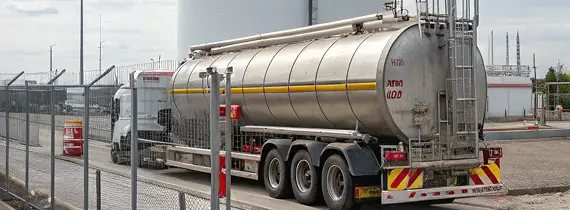
Fuel & Energy Distribution
We empower oil, gas, and utility companies with IoT and AI logistics platforms. For fuel distributors, we built a scalable delivery management system that monitors tank levels and schedules refueling. Integration with legacy ERP and AI-driven planning reduces empty hauls and improves transparency across multiple countries. These solutions support even complex networks of storage and emergency fuel chains.
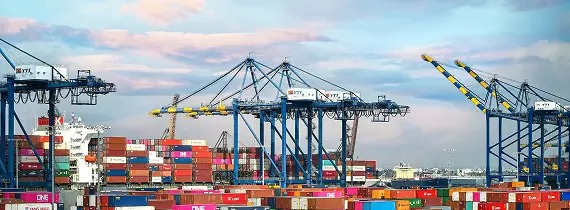
Maritime Shipping & Port Operations
We implement GIS-based tracking of vessels, containers, and storage tanks in one unified system. This software facilitates real-time container tracking, predictive berth scheduling, and yard management powered by AI. Port operators get live views of all assets on maps, with filters for cargo type and urgency. It helps increase cargo throughput and minimize ship dwell times at docks.
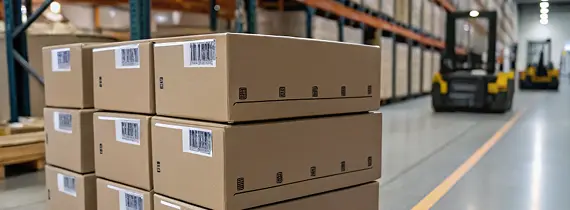
Warehousing & Inventory Management
JetRuby develops automated warehouse systems for manufacturers and 3PLs. We integrate computer vision and IoT to digitize inventory receipts, picks, and audits. The result is higher order accuracy and throughput for fulfillment centers and 3PL warehouses.

Transportation & Fleet Operators
Logistics carriers and trucking companies use our software to optimize fleet utilization. We implement GPS tracking, predictive scheduling, and autonomous dispatch. AI algorithms adjust routes in real time for traffic and load changes, while IoT sensors monitor vehicle health for predictive maintenance. The result is higher vehicle uptime and lower operational costs.
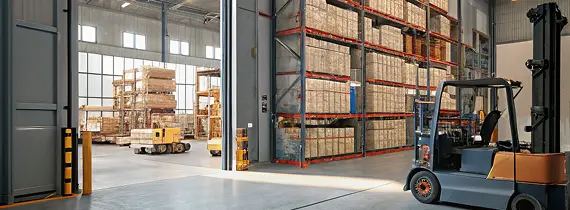
Manufacturing & Retail Distribution
We help manufacturers and retailers gain end-to-end supply chain control. From factory-floor asset tracking to consumer deliveries, our platforms integrate all stages of logistics. We apply machine learning to forecast demand, manage warehouse replenishment, and align production schedules with real-time shipping data. This reduces stockouts and aligns inventory with market needs.
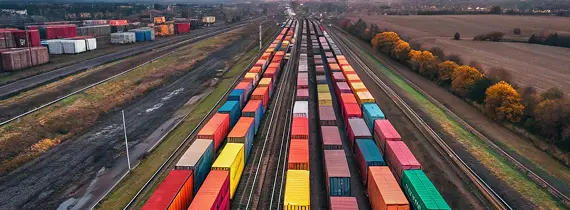
Rail & Intermodal Transport
JetRuby has expertise in rail logistics and intermodal transport integration. We build IoT-enabled platforms to monitor railcars and containers in transit and AI systems to synchronize rail and truck schedules. By connecting data across rail, road, and storage yards, we help clients optimize intermodal transfers and asset usage.
FAQ
AI in Logistics means using artificial intelligence (machine learning, computer vision, etc.) to automate and optimize transport, warehousing, and supply chain tasks. AI enables smarter decisions. For example, it can predict demand, optimize routes, and manage inventory more efficiently than manual methods. Companies adopt AI logistics solutions to reduce costs, improve speed, and gain a competitive edge in a data-driven market.
Machine learning analyzes historical and real-time data (like delivery times, traffic, or sensor readings) to uncover patterns and make forecasts. In supply chains, ML can predict demand trends and optimize inventory levels, avoiding stockouts and overstock. It also identifies the fastest delivery routes or alerts you to anomalies. By learning from your data, ML models continuously improve, driving significant efficiency gains over time.
It automates route planning, anticipates fuel needs, and balances loads. For instance, our AI models automatically predict where and when trucks should refuel and schedule deliveries. AI also enables real-time cargo tracking and dynamic rerouting when conditions change. By handling these complex tasks automatically, AI reduces human error, cuts operating costs, and accelerates decision-making.
Computer vision uses cameras and image recognition to automate tasks like inventory counting and quality inspection. In a warehouse, CV systems can scan shelves to verify stock levels, recognize barcodes or QR tags without manual scanning, and even detect damaged goods on a conveyor. This replaces tedious manual checks with rapid, continuous monitoring, increasing accuracy and freeing staff for higher-value work.
We typically need shipment records, fleet or device sensor data, inventory logs, and route information. If your data is incomplete, we can supplement it with IoT sensors (for fuel levels, vehicle health, etc.) or external data (weather, traffic). JetRuby’s team assists in collecting and cleaning your data so that the AI models have a strong foundation to deliver accurate insights.
Security is integral to our solutions. We design logistics platforms with encryption, user authentication, and access controls. Sensitive data is protected both in transit and at rest. We also follow compliance standards (GDPR, etc.) and can adapt to any industry-specific regulations. Regular security audits and best practices like least-privilege access help ensure your data and operations remain safe.